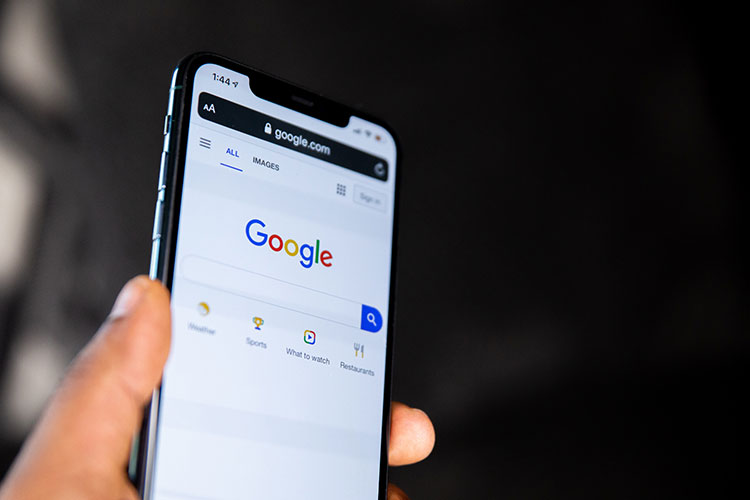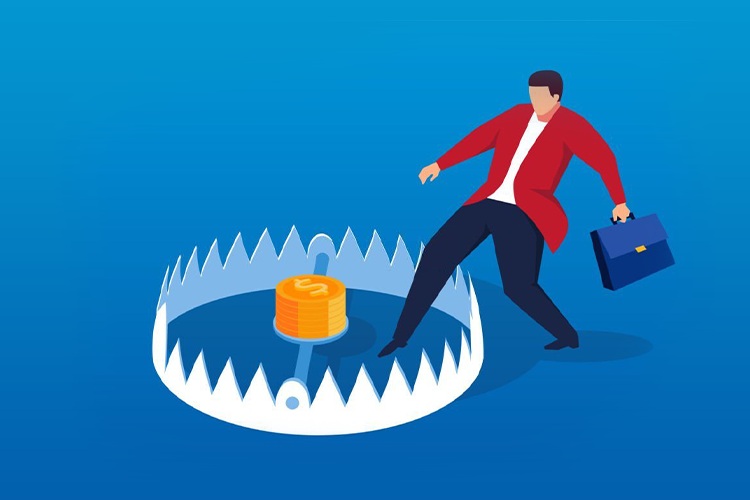Independent researchers have compiled user data based on 1801 Google user behavior sessions. This data identified some key statistics with regards to how Google searches were carried out
Methods used to conduct this study
For this examination, 454 US-based human clients were asked to play out a bunch of assignments utilizing Google search. To get an expansive arrangement of various questions, clients were requested to execute the accompanying search undertakings:
- Business (Physical Product): Find a vehicle cell phone holder for a Ford F-150 truck under $20.
- Business (Service): Find an airline that offers 20000 miles to its customers in the first year based on its credit card.
- Business #2 (Service): Find a private venture which is offering a credit card with no annual charges and a financing cost of under 25%.
- Neighborhood: Find a car accident attorney in your neighborhood.
- Educational: Find the best video to tell you the best way to trim your own hair.
- Informational: Find the most ideal approach to purchase groceries online in your neighborhood without any delivery charges.
- Conditional: Find medication for lower back pains.
Each search session was recorded by the individuals who participated in the study. Each recording was then inspected to ensure that the guidelines of the study were followed.

After extensive analysis of the data collected, the following results came to light:
Searchers Use Google Autocomplete Suggestions 23% of the time
Google’s autocomplete is a tool which provides certain keywords to users while they type in their search requests. These results are based on search history, geology, and what the user has composed up until this point.
As per the data, a reasonable number of Google searchers utilize this component. In particular, about a fourth of all ventures brought about a client picking one of Google’s autocomplete recommendations.
Half of Google Users Click Within 9 Second of Their Search
All in all, how long a client spent examining the outcomes prior to choosing to tap on something. It was speculated that, while numerous individuals naturally click on the principal result, that client conduct might be changing because of the high number of SERP highlights that Google currently utilizes, including video merry go rounds, individuals likewise ask boxes and popular narratives.
It was also discovered that half of the individuals that look for something in Google click inside 9 seconds. It was further discovered that 25% of clients click inside 5 seconds.
9% of Users Scroll to the Bottom of the First Page
While gathering information on how many people found the results, they required on the bottom half of the search page it was discovered that just 9% of individuals wound up at the lower part of the outcomes.
Be that as it may, this client’s conduct was subject to the kind of question. Individuals looking for conditional “discover supplements for back pain” search saw altogether a greater amount of the SERPs contrasted with those looking for the business “discover a vehicle cellphone holder”. This is likely because of contrasts in SERP highlights.
Just 15% of Google Users Modify Their Initial Search Term
The research indicated that 85% of Google clients discover a solution to their inquiry with their underlying pursuit term. This might be because of the way that Google (through updates like Hummingbird and Rank Brain) has improved their capacity to comprehend the genuine aim of a question.
In any case, Google searchers for the most part find what they need with their first question. Which is the reason not many eventually change their inquiry after their underlying pursuit.
17% Google Searchers Bounce Back to the SERPs
Albeit questionable, there is proof that Google’s calculation takes a gander at “conduct signals” to sort out whether uses are happy with the outcomes. Furthermore, 83% of clients didn’t skip from the outcome they decided to tap on.
Additionally, the dominant part (59%) of searchers tapped on a solitary outcome. What’s more, that a little level of clients (6%) visited 4+ pages to discover a solution to their inquiry.
65% of Google Searchers Click on The Organic Results
Google has revealed various SERP highlights throughout the most recent couple of years, including Featured Snippets, Knowledge Panels, Twitter cards, and then some. In spite of that, data indicates that 65% of searchers tapped on in any event one “10 blue connection” natural outcome during their search.
Saying this doesn’t imply that these clients didn’t likewise tap on an advertisement. Numerous clients do tap on both natural outcomes and advertisements during their pursuit of meeting.
19% of Users Click on a Google Ad during Their Search
Google Ad postings take up more SERP land than any other time in recent memory. The present Google Ad situations are additionally more conspicuous and now to a great extent take after organic outcomes. 19% of Google clients click on a Google advertisement. What’s more, that solitary 4% click on different advertisements during a similar search.
This number might be somewhat higher than anticipated because of the way that a considerable lot of the questions in this examination were business or value-based in nature. In particular, business and value-based searches prompted essentially more Google Ad clicks as compared with educational inquiries.
42% of Local Searchers Click on the Google Map Pack
For nearby questions (“sushi New York”) and even inquiries that Google can consider neighborhood relying upon setting, they present clients with a “Guide Pack”. A guide pack is a bunch of three outcomes pulled from Google Maps that is blended in with the “ordinary” natural outcomes.
Furthermore, 42% of individuals looking for local searches click on a Google Map Pack result.
Considering its noticeable quality in most nearby SERPs, it’s nothing unexpected that an enormous number of clients decide to locate a neighborhood business utilizing the Map Pack.
19% of Product Searches Result in a Google Shopping Click
Google Shopping results show up on the upper portion of the search page for specific product searches. Unsurprisingly, 19% of individuals that look for an item wind up tapping on a Google Shopping result.
Just 3% of Google Users Interact with a People Also Ask Box
As indicated by information from SEMrush, 43.21% of all Google indexed lists have a People Also Ask Box. Which makes them one of the most conspicuous highlights of overall SERPs. Furthermore, it was found that not many (just 3%) of searches in Google bring about a tick on a People Also Ask box.
0.44% of Users Visit Google’s Second Page Results
As anyone might expect, data showed that not many clients (.44%) advance toward Google’s subsequent page. This is in accordance with natural CTR research that was done a year ago utilizing information from Google Search Console.
The Average Google Search Session Lasts 76 Seconds
When somebody looks for something in Google, how long does it require for them to discover what they’re searching for? As indicated by the information, the normal individual closures their pursuit meeting following 76 seconds. Likewise, it was found that 25% of search queries were too quick (<31 seconds).
In the same way as other discoveries, the time span here shifted relying upon the kind of search the subject was conducting. Once more, this shows that Google does a moderately great job of pressing the principal page with pertinent, valuable outcomes. What’s more, giving SERP highlights that help direct individuals to significant substance quicker.
Conclusion
Google SERPs are quickly evolving. More promotions. More SERP highlights. What’s more, even completely new inquiry encounters, similar to Google Discover. Which is the reason this research was conducted to get a brief look into how clients connect with cutting edge list items.
Omer Nadeem
Co-Founder of artimization who is passionate about bringing colour, clarity and budget-ability to businesses' experience of IT.
 Make Custom Package
Make Custom Package



No Comments